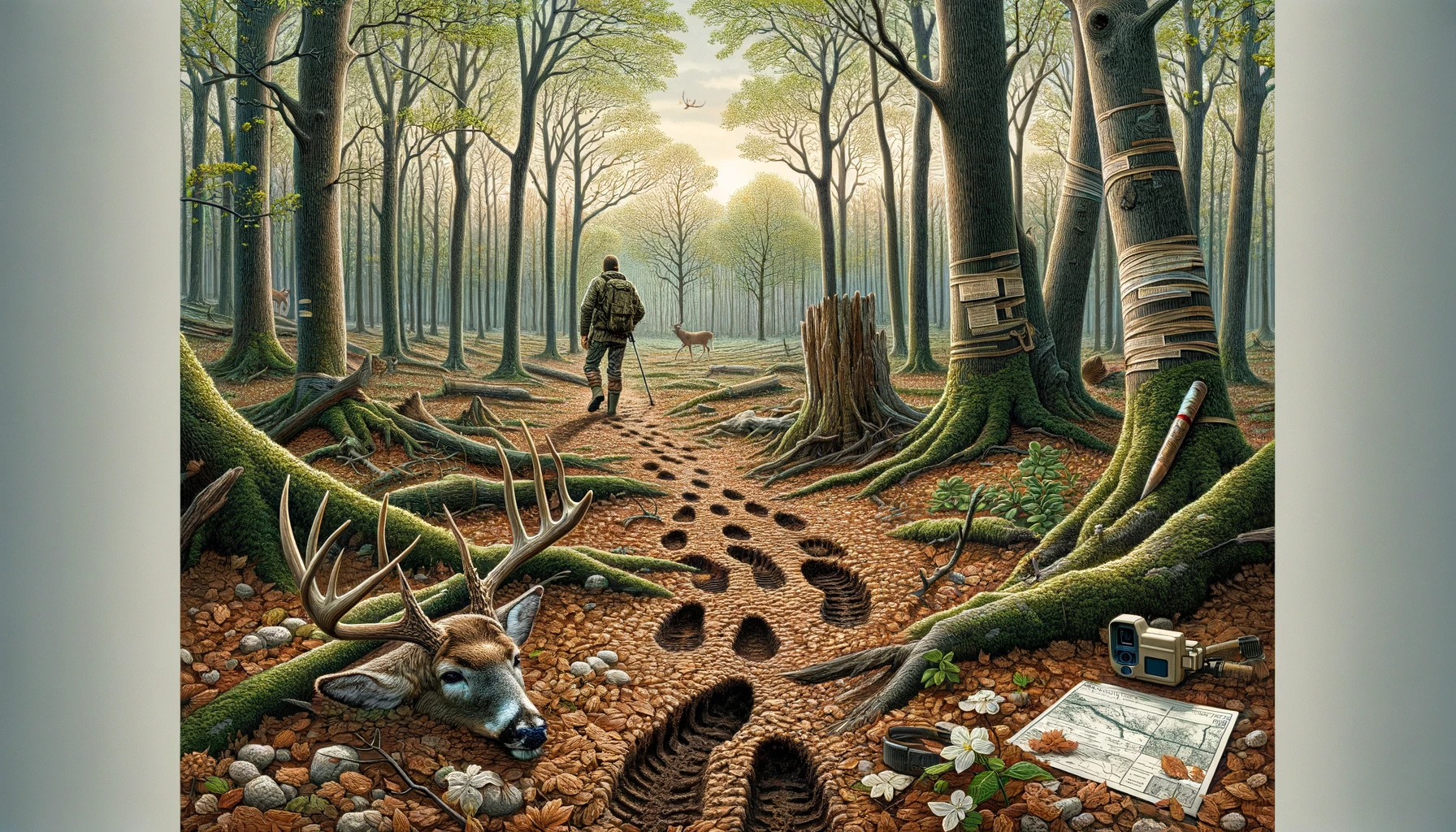
Table of Contents
In the world of hunting, knowledge is power. Postseason deer scouting is a critical, yet often overlooked, aspect of hunting preparation that can significantly enhance your chances of success in the next season. This comprehensive guide delves into the art and science of postseason scouting, offering you the tools and strategies needed to unlock the secrets of the deer you pursue.
After the hunting season ends, deer revert to their natural routines, providing a unique opportunity to study their behavior without the pressure of hunting. This period allows hunters to observe natural movement patterns, feeding habits, and bedding areas with minimal disturbance.
Strategically place trail cameras to monitor deer activity. Look for late-season food sources, transition areas, and bedding spots. Cameras can provide invaluable information about deer numbers, buck-to-doe ratios, and the presence of mature bucks.
Use maps and aerial photos to identify potential deer hotspots. Look for natural funnels, edge habitats, and secluded feeding areas. This bird’s-eye view can reveal hidden patterns and areas not easily seen on foot.
Shed hunting — the practice of searching for antlers that bucks have naturally shed — is not just a rewarding hobby but also a practical scouting tool. It provides clues to the whereabouts of mature bucks and can indicate the health and quality of the deer population.
Based on your postseason observations, reassess your stand locations. Consider the prevailing wind directions, visibility, and ease of access. The goal is to minimize disturbance while maximizing opportunities for success.
Postseason deer scouting is an investment in your future hunting success. By dedicating time to understand the deer in your area, you’re not just preparing for the next season; you’re becoming a more informed and ethical hunter. Embrace this quiet period in the hunting calendar as a time for learning, discovery, and anticipation of the adventures that lie ahead.
Postseason scouting can start as soon as the hunting season ends, typically from late winter to early spring, depending on your region.
Check them every 4-6 weeks to minimize disturbance, adjusting based on battery life and memory capacity.
Absolutely. Severe weather can alter feeding and bedding patterns, so it’s crucial to scout after major weather events to see how deer adapt.
Mark it on your map or GPS and plan to observe the area during different times and conditions to confirm its potential for the next season.
Shed antlers can help you identify areas frequented by mature bucks and assess the health and genetics of the deer population, informing your strategy for targeting specific deer.
By taking the time for postseason deer scouting, you’re setting the stage for future hunting success. This quiet, reflective period offers a golden opportunity to learn from the natural world, make strategic plans, and look forward to the excitement of the seasons to come.
Gun owners regularly hear that maintaining their firearm is essential, but many still wonder exactly…
When handling any firearm whether it’s a hunting rifle, shotgun, handgun, or even a crossbow—reliability…
Jerking the trigger is one of the most common accuracy problems pistol shooters face. Whether…
Keeping your handgun clean is one of the most important responsibilities you have as a…
Archery has evolved dramatically over thousands of years, yet one debate continues to spark curiosity…
When you’re setting up a long-range rifle scope, one of the most important decisions you’ll…
This website uses cookies.